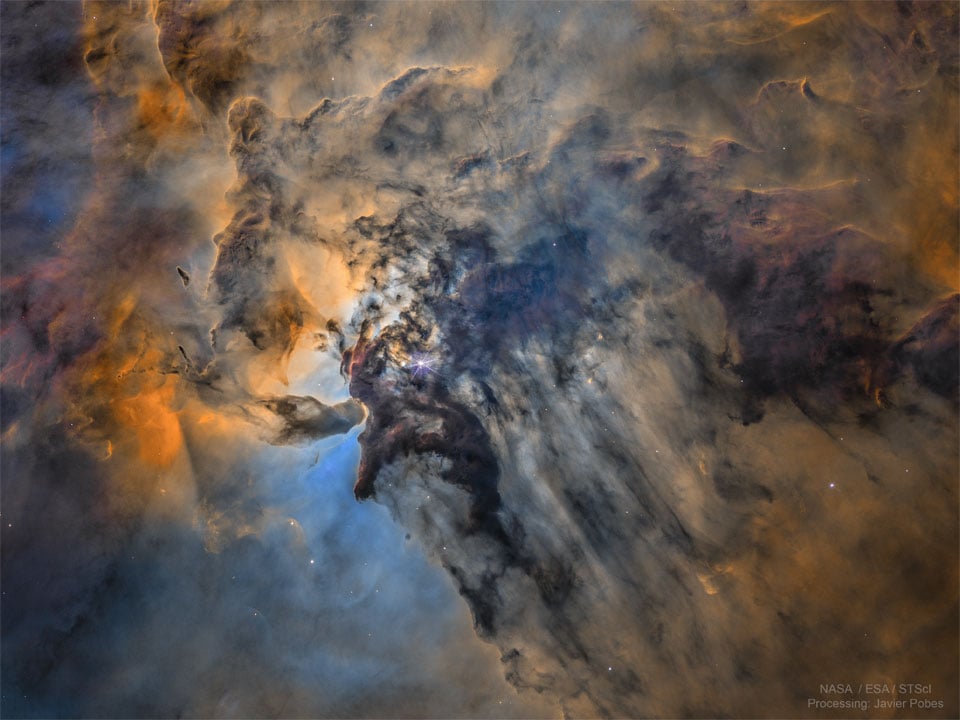this post was submitted on 10 Apr 2025
1237 points (99.5% liked)
[Dormant] moved to !space@mander.xyz
10420 readers
1 users here now
This community is dormant, please find us at !space@mander.xyz
You can find the original sidebar contents below:
Rules
- Be respectful and inclusive.
- No harassment, hate speech, or trolling.
- Engage in constructive discussions.
- Share relevant content.
- Follow guidelines and moderators' instructions.
- Use appropriate language and tone.
- Report violations.
- Foster a continuous learning environment.
Picture of the Day
 The Busy Center of the Lagoon Nebula
The Busy Center of the Lagoon Nebula
Related Communities
🔭 Science
- !astronomy@mander.xyz
- !curiosityrover@lemmy.world
- !earthscience@mander.xyz
- !esa@feddit.nl
- !nasa@lemmy.world
- !perseverancerover@lemmy.world
- !physics@mander.xyz
- !space@beehaw.org
- !space@lemmy.world
🚀 Engineering
🌌 Art and Photography
Other Cool Links
founded 2 years ago
MODERATORS
you are viewing a single comment's thread
view the rest of the comments
view the rest of the comments

To add what the others said, this image is most likely taken with a special filter for taking only one specific wavelength, so color. In this case H-alpha, so excited hydrogen atoms, which is deep red. With this and additional filters for safety you can see more or less this image yourself, except it's red. I already had the opportunity to try this.
Here is a site showing daily images of the sun taken with different filters. Red is H-alpha, also shown in OP. Only with this filter you can see the protuberances. White is white, so what you would see if you could look directly without burning your eyes, or what you see with eclipse goggles. Right is another special Line, Calcium K. All of this you can look at with the right filters and a telescope and it looks similar to the images here, except the two colors are even more saturated than shown here. However, changes are on the order of minutes, so it looks more like an still image.
However, the sun and planets are pretty much the only object where images are similar to what you could see with telescope and filters. Colorful images of the moon are always heavily processed. For nebulas and galaxies its even more of a difference, they are just too dark to see more than a grey blob. For this a telescope does not help much, similar to a lens not helping to see in the dark. So nebulas and galaxies are shown at least hat they would look like, if they were brighter. But most of the time they are shown with a lot brighter colors than reality.